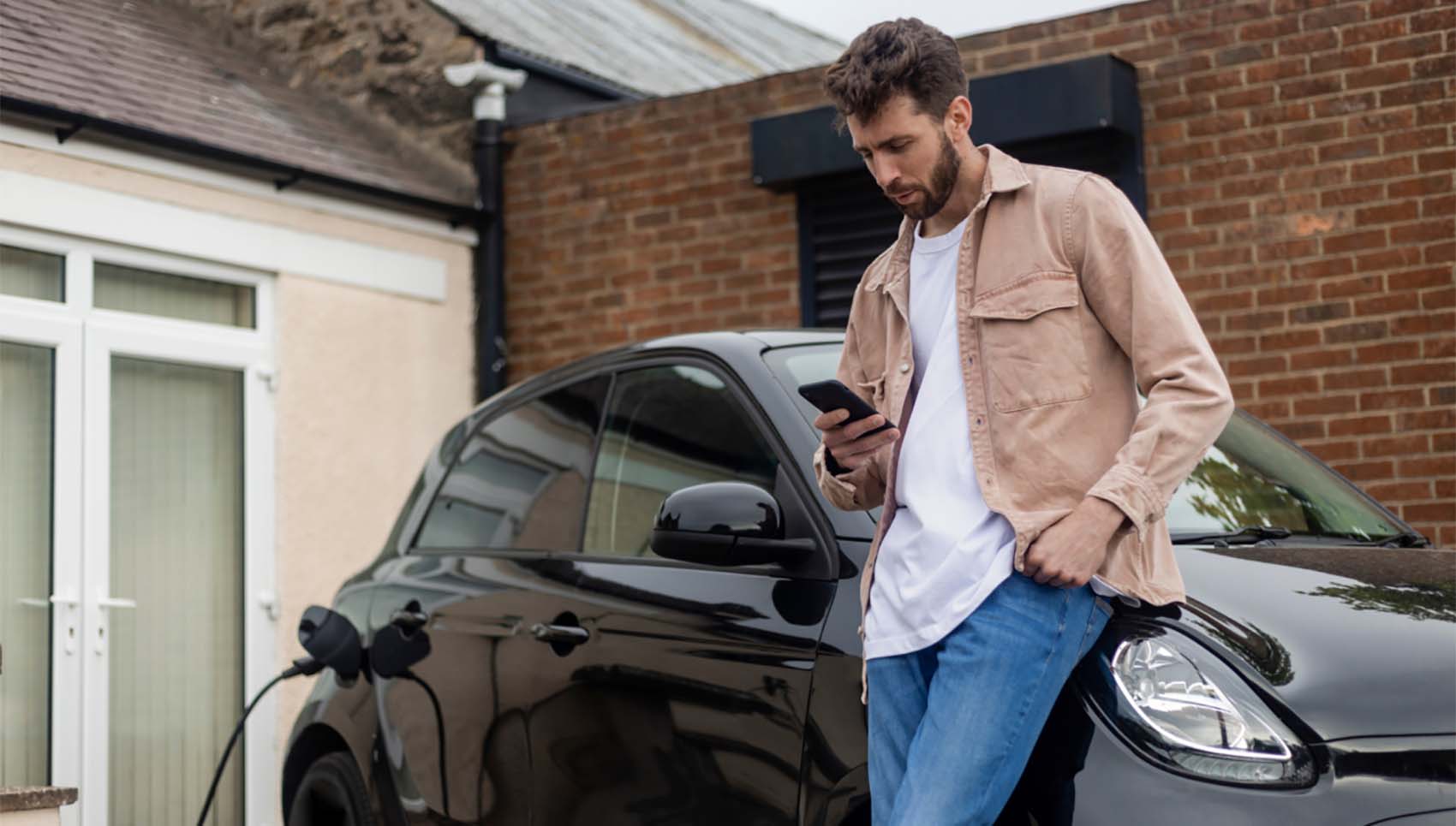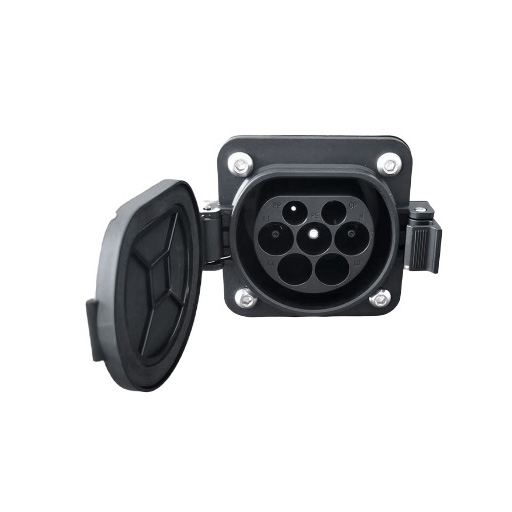What's the Difference Between a 32 Amp vs. 40 Amp EV Charger?

We get it: You want to buy the best EV charger for your home, not get a degree in electrical engineering. But when it comes to the specifics regarding which unit is best for you, it can feel like you need at least a course or two to determine what you should get. When looking at the details of a unit, you may notice that it will say whether it is a 32 or 40 amp EV charger, and while it may seem like more is better, it may not be necessary for your needs. So we'll break down 32 amp versus 40 amp EV chargers, what it means, and what is best for your electric vehicle.
What Are Amps?
While you have probably seen the term amp on electrical products and their documentation, it's likely you don't remember the specifics of what you learned in physics class. Amps — short for amperes — is a scientific term for a unit of electrical current. It defines the strength of a constant current of electricity. A 32 amp charger, therefore, has a lower strength of constant electrical current versus a 40 amp charger by a measure of eight amps.
How Are Amps Used?
Every electrical appliance or device in your home that plugs into an outlet or is hardwired to the circuit takes a specific amount of amps depending on its electrical need. A hairdryer, television and electric range oven all require different amounts of amps to run, but if you run them all at once, you'd need to be able to accommodate the total amount of all three.
They also all tend to pull power off of the electrical panel in your home, which means there's a finite amount of amps available based on how much your system can provide you with. Because there's a specific amount of amps available from your electrical system, all the amps used at one time need to add up to less than the overall amps available — like everything, you can't use more than you have.
Your home only has so many amps (homes typically provide between 100 and 200 amps distributed amongst a number of circuits) to distribute between the devices that need electricity at one time. As the amount of amps needed increases toward the total amount available, you'll notice lights flickering or power dwindling; if it reaches capacity, your circuit breaker will flip as a safety precaution to prevent any electrical fires or other issues.
The more amps it takes to use a device or appliance, the less there is available. 40 amps uses eight more amps from your system than 32 amps does.
32 Amp Versus 40 Amp EV Charger
But if your home has 100-200 available amps, what difference can eight amps make? What is the difference between a 32 amp EV charger versus a 40 amp EV charger?
What it comes down to is that the more amps an EV charger can use, the more electricity it can deliver to the vehicle at one time. This is similar to the amount of water coming out of a faucet: when it's open just a little, a smaller stream of water will come out of the faucet versus when you open the valve more. Whether you're trying to fill a cup with a small or large stream from the faucet, the cup will eventually fill, but it will take longer with a smaller stream.
The amount of amps used is important when time is a factor, like when you want to add a charge to your vehicle while running into the store for a few moments, or if you need a quick recharge at home before driving across town to run errands. However, if all you require is to charge your EV overnight, then you can get by fine with a 32 amp EV charger, which will still charge your vehicle faster than a Level 1 EV cable while drawing less amperage off the circuit it's connected to.
This seemingly small difference can lead to big reasons for a homeowner to choose a 32 amp EV charger versus a 40 amp EV charger. While your home may have 100-200 amps available, they aren't all available on the same circuit. Instead, they're distributed — that's why when a breaker is flipped it may require trying to figure out which needs to be reset.
If you opt for a 32 amp EV charger, it is required to be installed on a 40 amp circuit — a common amount for a circuit to be able to carry. If you want the extra boost from a 40 amp EV charger, you will require a 50 amp circuit breaker to provide some buffer for additional appliances. This increase may add additional costs to your charger install if you require an electrician to upgrade your circuit.
How Many Amps Does My EV and Charger Need?
The maximum input power an EV can accept varies. A general rule for plug-in hybrid vehicles (PHEVs) is they cannot accept input greater than what a 32 amp charger allows. For EVs in general, if the vehicle's maximum acceptance rate is 7.7kW or less, then a 32 amp charger is the limit of what your EV will accept. This means that if you purchase a charger with a higher output than your EV, it will not charge your vehicle any quicker than one with fewer amps. However, if the acceptance rate is over 7.7 kW, then having a 40 amp charger will allow you to charge faster. You can plug in your vehicle make, model and year in the EV Charging Time tool to see how long it will take a specific vehicle to charge.
While the amount of amps your EV may need differs depending on the vehicle, most can use both 32 and 40 amps without issue. To determine the exact number of amps your vehicle can accept, consult your vehicle's manual.
Post time: Jan-05-2023










